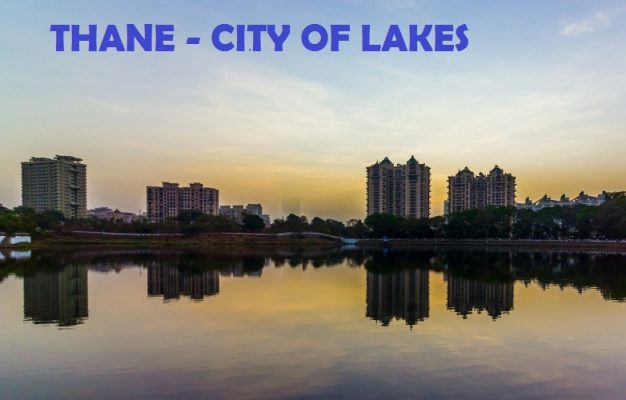> > India >> States >> Maharashtra
History of Mumbai | Mumbai City Information
The name of the city, Mumbai is derived from the deity Goddess Mumba Devi. Mumbai earlier also known as Bombay is the capital of the Indian state of Maharashtra. It’s situated on the West coast of India between 18˚ 52′ and 19˚ 04′ North latitudes and 72˚47′ and 72˚54′ East longitudes. It is surrounded on three sides by water, the open Arabian Sea to the West, Thane Creek to the east, Vasai Creek to the north, and Mahim causeway lying on the south side.
Mumbai consists of two distinct regions Mumbai City district and the Mumbai Suburban district. The city district region is also commonly referred to as the Island City or South Mumbai. The total area of Mumbai is 603.4 km2. Mumbai City is 67.79 km2, while the suburban district covers 370 km2, together accounting for 437.71 km2 under the administration of the Municipal Corporation of Greater Mumbai (MCGM). The remaining areas are out of the jurisdiction of the MCGM & belong to various Defence establishments, the Mumbai Port Trust, the Atomic Energy Commission, and the Borivali National Park
As per the census 2011, Mumbai Urban Agglomeration or Metropolitan region is India’s most populated area & has a population of 1.84 Crore. The Mumbai Metropolitan Region which includes Mumbai City (Greater Mumbai), Thane, Kalyan Dombvali, Navi Mumbai, Mira Bhayandar, Ulhasnagar, Ambarnath & Badlapur covers an area of 1063 km2.
read about the Population of Mumbai
Mumbai under the Portuguese & British
In 1384 Salsette and Mumbai Isles were conquered by the Sultanate of Gujarat & remained with them until 1534. On 25 October 1535, seven islands of Mumbai came under the control of the Portuguese when Sultan Bahadur ceded them to the Portuguese. The Haji Ali Dargah in Worli was built in honor of the Muslim saint Haji Ali in 1431.
Mumbai remained under the control of the Portuguese till 1734. Thereafter Mumbai Island (Bombay Island) was gifted to the Queen of England in the year 1760-61. The islands were transferred in 1668 from the crown to the East India Company, which placed them under the factory of Surat. In 1708 East Indian company shifted its headquarters from Surat to Bombay. Bombay Suburban District which is known as Salesette and was part of Goa which was under the control of the Portuguese up to 1771-72, the Britishers took over control of the region of this area. Thus began the journey of the modern city of Mumbai.
read about Villages in Mumbai
Mumbai - The Modern City
Mumbai consists of two distinct regions Mumbai City district and the Mumbai Suburban district. The city district region is also commonly referred to as the Island City or South Mumbai. Initially, this island city, or city of seven Islands is known as Bombay. During the mid-18th century, Bombay was reshaped by the Hornby Vellard project, which undertook the reclamation of the area between the seven islands from the sea. Along with the construction of major roads and railways, the reclamation project, completed in 1845, transformed Bombay into a major seaport on the Arabian Sea. In 1817-18 Bombay became the Capital of the Bombay Presidency. In 1838 saw the construction of the Colaba Causeway, which united the last of the original seven isles to the main island of Bombay.
In 1871, the Thane district was carved out of the east side of Konkan and a Portion of Bombay Island then known as Taluka South Salesette. In the year 1920, the Salesette Taluka was divided into two parts known as South Salesette Taluka and North Salesette Taluka. Basically, Salesette taluka consisted of 84 villages which were situated from Bandra to Dahisar and Kurla to Mulund. Thereafter in the year 1920, the Mumbai Suburban District was created consisting of 84 villages of South Salesette Taluka and North Salesette Taluka
During the 19th century, three causeways were made that joined Bombay with the Suburban Districts. The first causeways joined Sion in Bombay with Kurla, Second Mahim to Bandra & third Kurla to Chembur in Trombay. The Population of Bombay city in 1901 is 776,006. Upon India’s independence in 1947, the city was incorporated into Bombay State. In 1960, following the Samyukta Maharashtra Movement, a new state of Maharashtra was created with Bombay as the capital.
read more about Mumbai
Know more about Maharashtra


Pingback:Police Stations in Pune | Find Easy
Pingback:Police Stations in Mumbai | Mumbai Police General Information